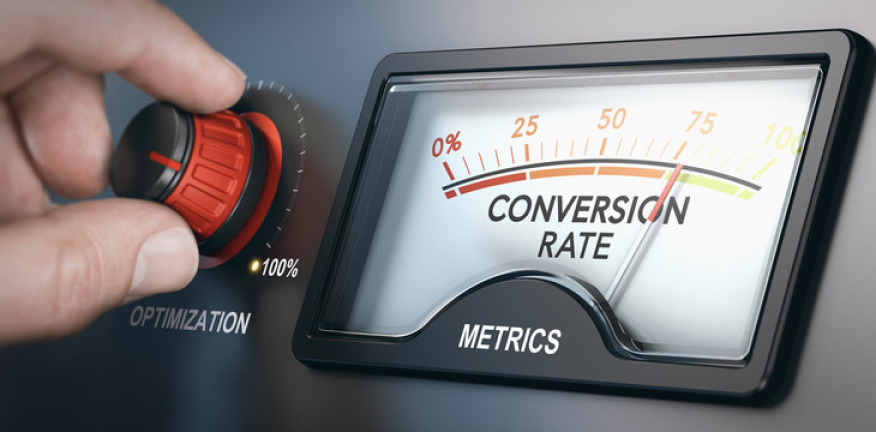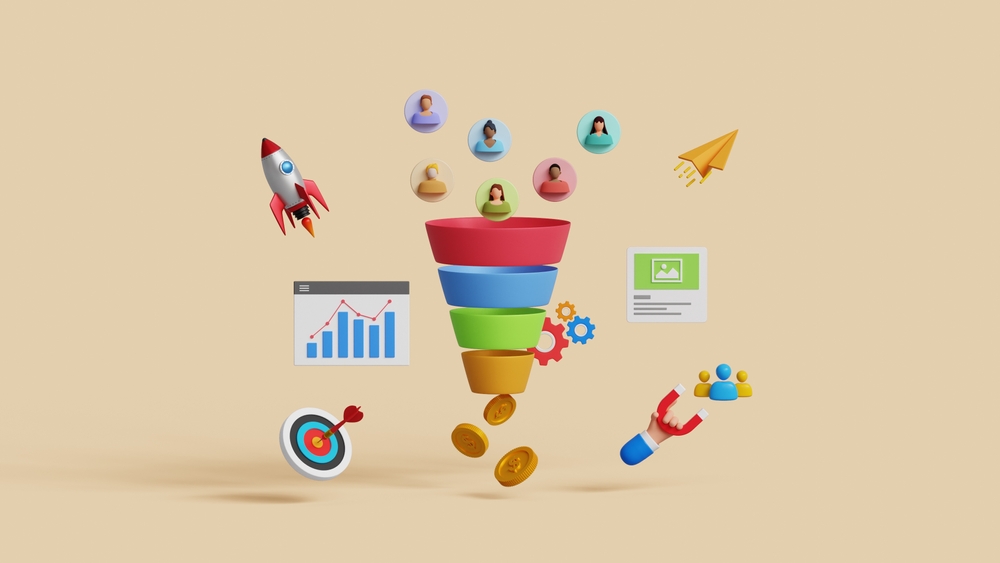SERIOUS ABOUT GROWTH?
Let's Talk Strategy.
In our executive strategy calls, we pinpoint where your funnel can generate stronger returns, then outline a strategy to maximize revenue and margin.
Book my discovery callNot ready yet? See Case Studies.
+
SMART QUESTIONS, STRATEGIC ANSWERS
Answers to Frequently Asked Questions
Explore how to get the most from our resources hub. Whether you’re seeking conversion insights, UX research breakthroughs, or industry-tested strategies, this section helps you navigate and apply what matters most to your growth goals.














